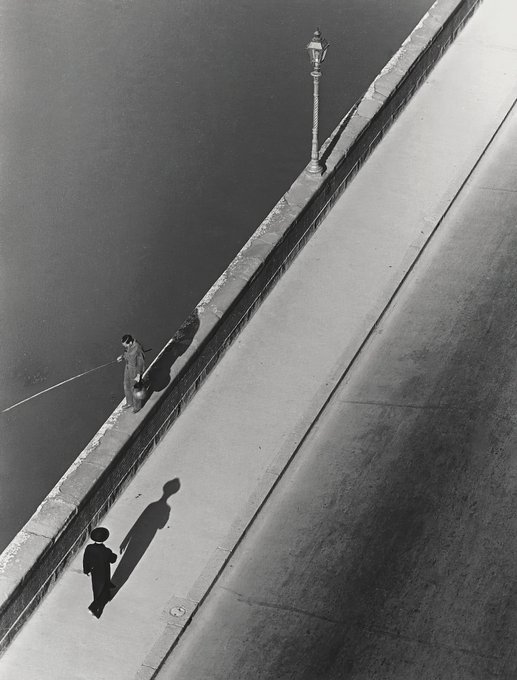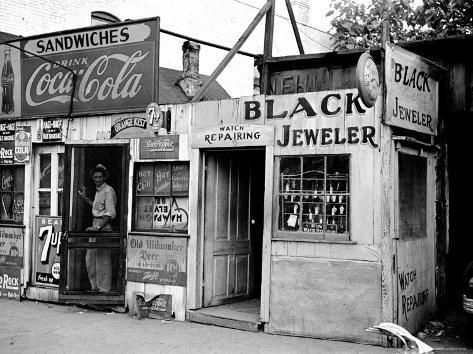#Alfred Eisenstadt
Text
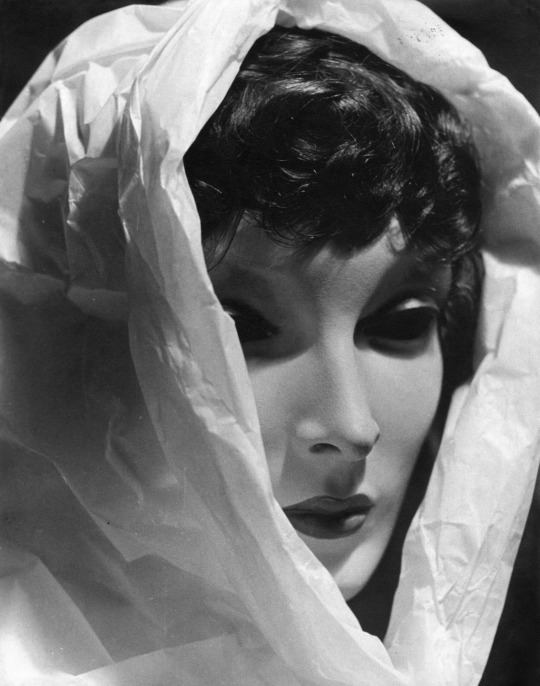
Saks Fifth Avenue, Dummy, New York City, 1937 (Cover of LIFE Magazine July 12, 1937)
Photo: Alfred Eisenstadt
194 notes
·
View notes
Photo
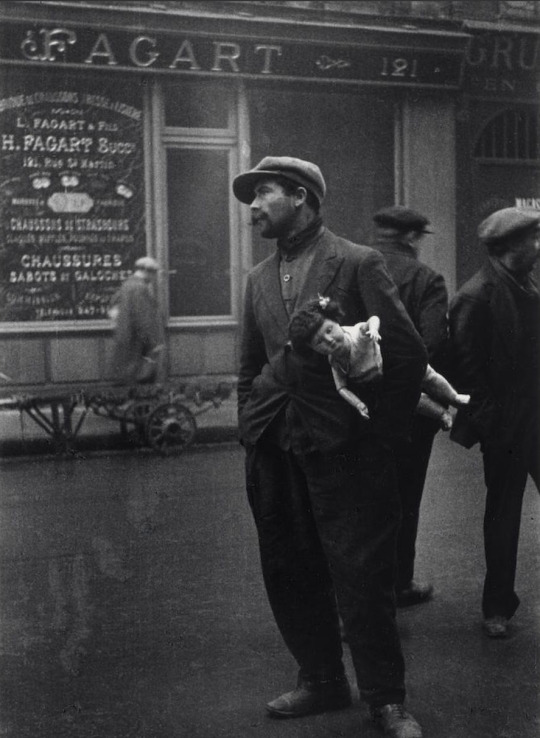
Alfred Eisenstadt (German/American, 1898-1995)
Man with Doll near Rue St. Denis, Old Section of Paris - 1930
6 notes
·
View notes
Text
LEARNING PHOTOGRAPHY FROM ALFRED EISENSTAEDT
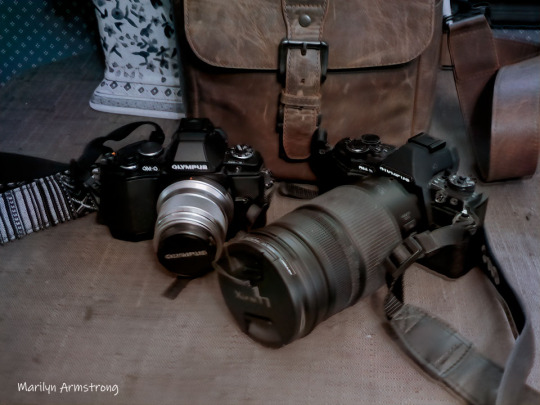
View On WordPress
1 note
·
View note
Text

Sailor George Mendonsa was photographed kissing nurse Greta Friedman by Alfred Eisenstadt at Times Square on VJ Day (August 14, 1945). Mendonsa and Friedman returned to Times Square in 1980 to recreate the photograph.
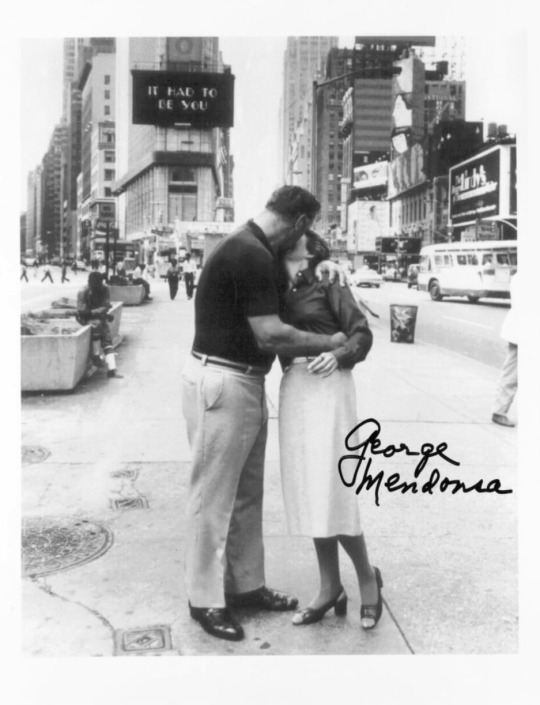
66 notes
·
View notes
Text
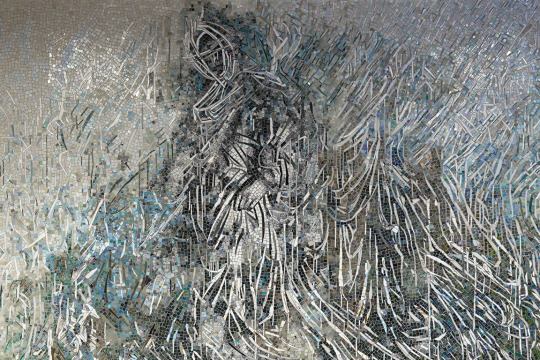
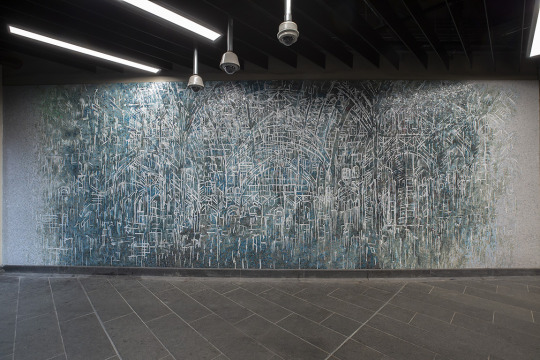


At 34 St-Penn Station (1,2,3) three mosaics by Diana Al-Hadid blur the boundaries between figuration and abstraction, with dripping linework and mark making that relates to the concept of time. "The Arches of Old Penn Station" (2018) is a gestural depiction of the grand interior of the 1910 Beaux-Arts Pennsylvania Station, while “The Time Telling” (2023) is inspired by Alfred Eisenstadt’s iconic photograph of the clock that hung at the entrance of the original station. These scenes invite viewers to travel into a moment in time, calling up collective memories of this historic space. "The Arc of Gradiva” (2018), features an image of Gradiva, a mythological character from Wilhelm Jensen’s 1903 novella who walks through walls. Rendered as a ghostly apparition with the flowing fabric of her garment stretching the length of the wall, her footsteps mirror those of the crowds in the station.
Al-Hadid’s sustained explorations of antiquity, folklore, and architecture across a variety of media are on view in her solo exhibition “Women, Bronze, and Dangerous Things” at Kasmin Gallery through December 22.
📸 1-2: Peter Kaiser, 3: Diego Flores, 4: Kasmin Gallery
29 notes
·
View notes
Text
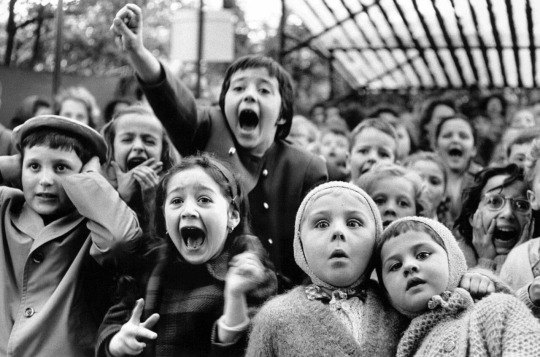
Expression of children at the Paris Puppet Theater as they kill the evil dragon, Tuileries Gardens, Paris.
Alfred Eisenstadt, 1963
6 notes
·
View notes
Text





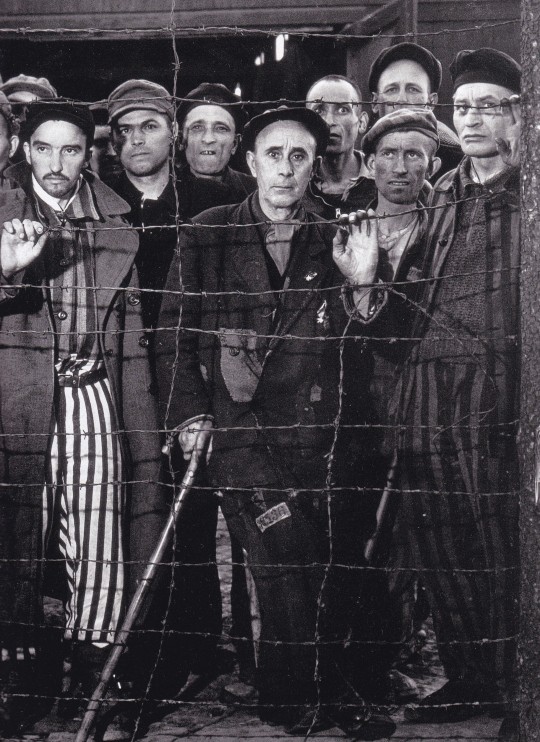




Prima, donna Margaret Bourke-White
a cura di Alessandra Mauro con un testo di Concita De Gregorio
ContrastoBooks, Roma 2020, 184 pagine, 124 fotografie, 24 x 30 cm, cartonato, ISBN 9788869658075
euro 35,00
email if you want to buy [email protected]
Prima, donna. Margaret Bourke-White, il volume che ripercorre le vicende e il lavoro di una delle figure più rappresentative ed emblematiche del fotogiornalismo internazionale. Una donna che, con le sue immagini, le sue parole e tutta la sua vita, è stata in grado di creare un personaggio forte e invidiabile costruendo il mito attraente di se stessa.
Pioniera dell’informazione e dell’immagine, Margaret Bourke-White ha esplorato ogni aspetto della fotografia: dalle prime immagini dedicate al mondo dell’industria e ai progetti corporate, fino ai grandi reportage per le testate più importanti come Fortune e Life; dalle cronache visive del secondo conflitto mondiale, ai celebri ritratti di Stalin prima e poi di Gandhi (conosciuto durante il reportage sulla nascita della nuova India e ritratto poco prima della sua morte); dal Sud Africa dell’apartheid, all’America dei conflitti razziali fino al brivido delle visioni aeree del continente americano. E a un certo punto sarà Margaret Bourke-White stessa che accetta di porsi davanti e non dietro all’obiettivo, diventando a sua volta il soggetto di un reportage in cui il collega Alfred Eisenstadt documenta la lotta della fotografa contro il morbo di Parkinson, malattia che la porterà alla morte. Una battaglia in cui non avrà paura di mostrarsi debole e invecchiata, nonostante un’eleganza e un buon gusto a cui non rinuncerà mai, confermandosi ancora una volta la prima in tutto.
“Se ti trovi a trecento metri di altezza, fingi che siano solo tre, rilassati e lavora con calma”, era il motto di Margaret Bourke-White. Il libro pubblicato da Contrasto ne ripercorre i molti primati, raccontati lungo un doppio binario. Attraverso undici capitoli, che corrispondono ad altrettante fasi della vita della fotografa, la potenza delle immagini si accosta a quella della forte voce di Margaret Bourke-White. È infatti lei che, in prima persona, scrive e racconta il suo lavoro, le avventure vissute, le sfide vinte. Una scrittura visiva, che completa e arricchisce la storia di ogni sua memorabile fotografia.
13/06/23
orders to: [email protected]
ordini a: [email protected]
twitter:@fashionbooksmi
instagram: fashionbooksmilano
designbooksmilano
tumblr: fashionbooksmilano
designbooksmilano
#Margaret Bourke-White#photography books#fotogiornalismo#Life#Fortune Magazine#Gandhi#Stalin#fashionbooksmilano
15 notes
·
View notes
Text

Todays photo is about photography. Alfred Eisenstadt here with Our Special Guy because he was about to PLAY Alfred in The Margaret Bourke-White Story (about Photo Journalists). I wonder how many times he met people he got to play.
6 notes
·
View notes
Text
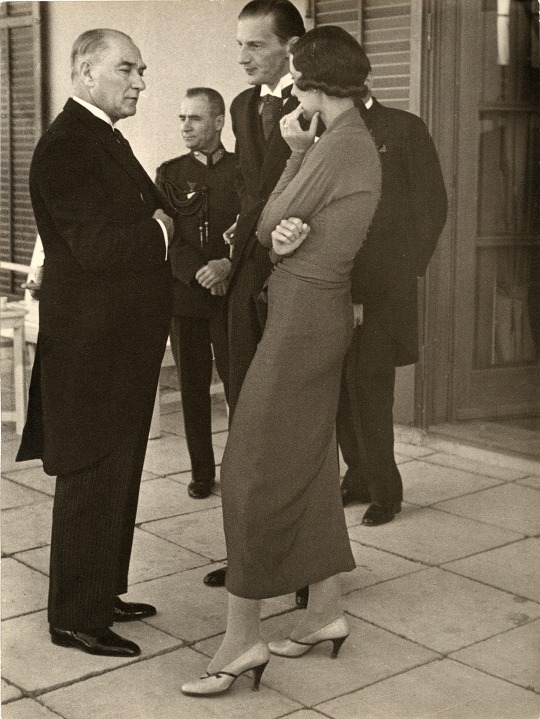
Kemal Ataturk speaking with Swedish Ambassador, Ankara, 1934
Photo: Alfred Eisenstadt
41 notes
·
View notes
Text
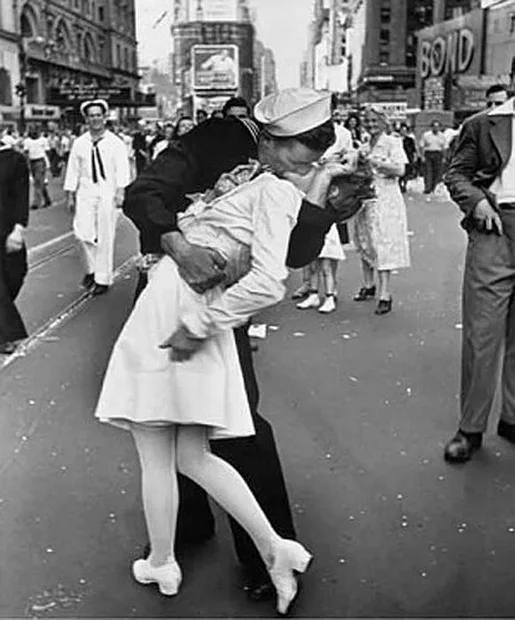
A soldier kisses a nurse in Times Square in New York, 1945. / Photo: Alfred Eisenstadt.
1 note
·
View note
Text
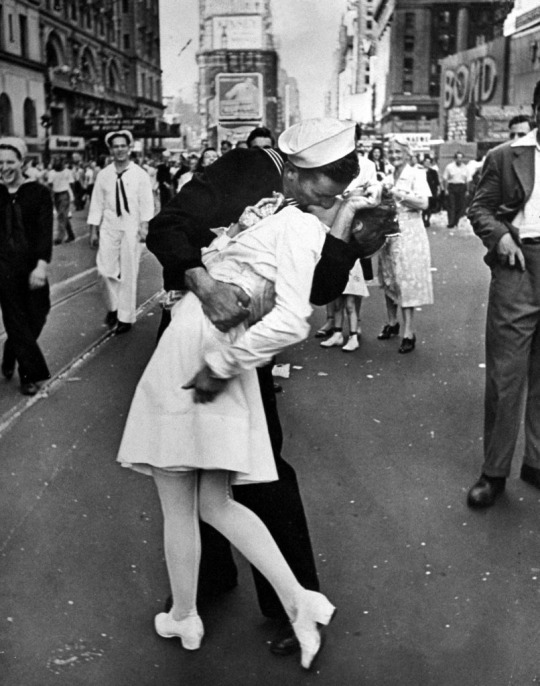

For this assignment, as a basis, I chose the photo "The Kiss" by Alfred Eisenstadt. This photo was taken on August 14, 1945, in the heart of New York City. On that day, President Truman announced the surrender of Japan. Alfred Eisenstadt, a photojournalist for Life magazine, also was at the festivities in Times Square. An unusual scene caught the lens of his camera: a happy young sailor about 20 years old, passing by the same young nurse, pulled her to him and kissed her "out of an excess of feelings", and then just went on. This photo later became one of the most famous photographs in the world.
In my remake of the photo, I wanted to transfer this photo to the motif of modernity. That's why I took the photo "The Kiss" as a basis, and also found a photo of a modern Times Square. The first step was to separate the original photo from its original background. I did it in a special application. Then, I tried to find a photo of that very place in Google, but my attempts were unsuccessful - I could not find exactly this place. Therefore, I used a photo of the very center of this square and placed a cut-out photo of a guy and a girl on it. Since my goal was to modernize this photo, I added a little color to the guy and the girl so that it wouldn't be black and white. I positioned them using the tretin rule: not exactly in the center, but from the bottom left, so that they were not exactly in the center of my edited photo. After looking at how the photo turns out, it seemed to me that the background is too overloaded, since in the original photo, the whole Time Square is in advertising banners. These ads took all the attention, which is why my original idea was very lost. Therefore, I painted over each of the advertising banners with solid colors, in accordance with the main color of the banner. Then, I started adding elements to each of them: curved lines /water patterns /glitter/ any ornaments, so that the background would not look boring (just a bunch of monochrome rectangles). I decided to highlight one of these rectangles against the background of all the others and wrote the name of the original photo "The Kiss" on it. However, I wrote this title using perspective, which makes my photo more visual. Then it remained to add a few details: to work with the shadow under the main characters; to correct the colors of advertising banners, add more food on them; to add colors to the main characters.
Thus, I managed to modify the original photograph of Alfred Eisendadt to a modern motif. Overall I am satisfied with my work, since it would not have been possible to greatly remake the original photo, since there are not so many details on it. However, by changing the background, cutting out and adding colors to the main characters, the final product differs significantly from the original photo.
1 note
·
View note
Text

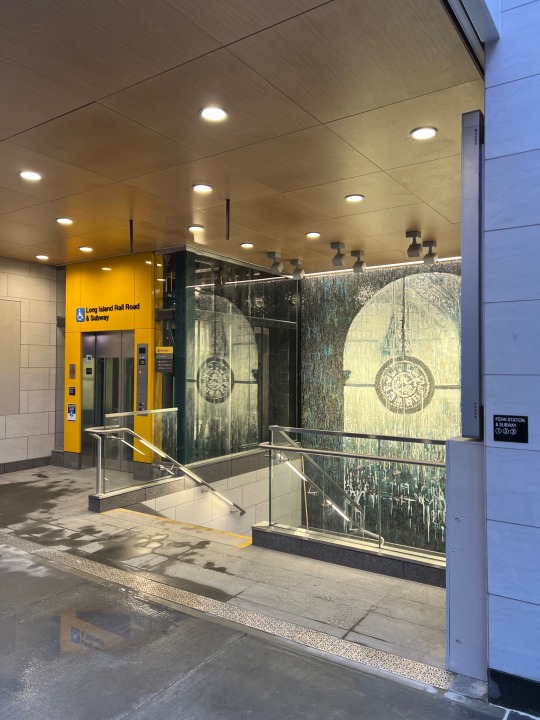


Diana Al-Hadid’s new #MTAarts permanent artwork, “The Time Telling,” is now on view at NYC Transit 34 St-Penn Station. Inspired by Alfred Eisenstadt’s iconic photograph of the famed clock that hung at the entrance of the original Pennsylvania Station, Al-Hadid captures its prominence through her expressive gestural mark making. Installed within the new ADA-accessible street level station entrance at 33 St and 7 Av, the glass mosaic stands at an impressive 14’-9” high by 14’-1” wide.
The large-scale work features a scene viewed from above. Light pours through the windows, forming a veil of mist or fog. Below commuters rush across the station floor. The rising architecture draws in the viewer, but it is the clock at the center that looms large. Its power is clear even though the precise moment is obscured. The artwork connects the past and present of this important station and offers a space for today’s riders and those of an earlier era to briefly meet in passing.
“The Time Telling” joins two other #MTAarts mosaics by Al-Hadid installed in 2019 in the control area of the 1,2,3 trains at 34 St-Penn Station, directly below the new artwork. All fabricated by Mayer of Munich, the trio are rendered in a palette of shimmering aquas, metallics, and iridescence. Each one captures Diana’s gestural linework, signature drips, and speckled fogs – marks designed to relate to the concept of time.
Photos:
MTA Arts & Design/ Alejandra Hernandez
MTA Construction & Development/ Matthew Zettwoch
MTA Arts & Design/ Cheryl Hageman
MTA/ Marc A. Hermann
26 notes
·
View notes

